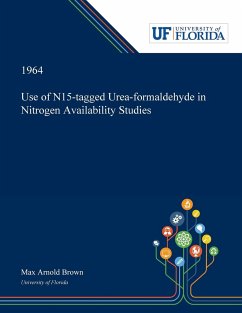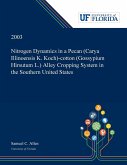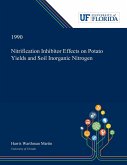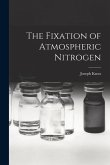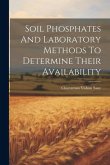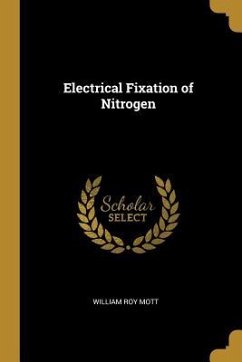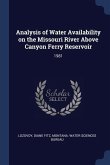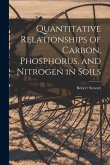Abstract: The pattern of uptake of soluble fertilizer nitrogen by crops is characteristically inefficient, especially on sandy soils of Florida. First, there is luxury consumption of nitrogen (subsequently designated as N) soon after it is applied, followed by deficiency of N thereafter. Second, soluble N is especially liable to loss from soil by leaching or volatilization under adverse conditions. Agronomists and agricultural chemists have sought to develop a nitrogenous fertilizer material which would release N gradually over a relatively long period of time at a rate sufficient to meet crop needs. Ideally, it should be low in readily soluble N to minimize luxury consumption and leaching. Natural organic sources often contain appreciable amounts of rapidly available N. Several synthetic organic materials have been developed and studied. Among the more promising are those made by reacting urea and formaldehyde to give a condensation product containing a significant amount of N in water-insoluble but slowly available form. Under certain conditions urea and formaldehyde react to form the pure crystalline monomer methylenediurea. As conditions are varied, methylenediureas polymerize irreversibly. Solubility and biological availability of the N in the resulting polymers vary with conditions of pH, reaction time, temperature and relative concentration of reactants. Field, greenhouse and laboratory nitrification tests have demonstrated chat materials can be produced that have certain availability characteristics more desirable than those of mineral sources or natural organics. These tests have also shown that recovery of urea-formaldehyde X by crops is appreciably lower than from soluble inorganic sources. This poor recovery, coupled with the premium price paid for ureaformaldehyde fertilizers, introduces the question of their practicality as N fertilizer materials except for turf and ornamentals. The purpose of this investigation was to quantitatively determine the destiny of N applied as urea- formaldehyde fertilizer. Materials were labeled with an abundance of the natural isotope N . Results are based on plant, soil and leachate recovery of labeled N. The portion of the applied N still unaccounted-for was assumed to have been lost in some form of gas to the atmosphere. Certain laboratory studies using closed systems were included to qualitatively determine, if possible, which volatile N compounds might be formed from these materials in the soil. Dissertation Discovery Company and the University of Florida are dedicated to making scholarly works more discoverable and accessible throughout the world. This dissertation, "Use of N15-tagged Urea-formaldehyde in Nitrogen Availability Studies" by Max Arnold Brown, was obtained from the University of Florida and is being sold with permission from the author. A free digital copy of this work may also be found in the university's institutional repository, the IR@UF. The content of this dissertation has not been altered in any way. We have altered the formatting in order to facilitate the ease of printing and reading of the dissertation.

